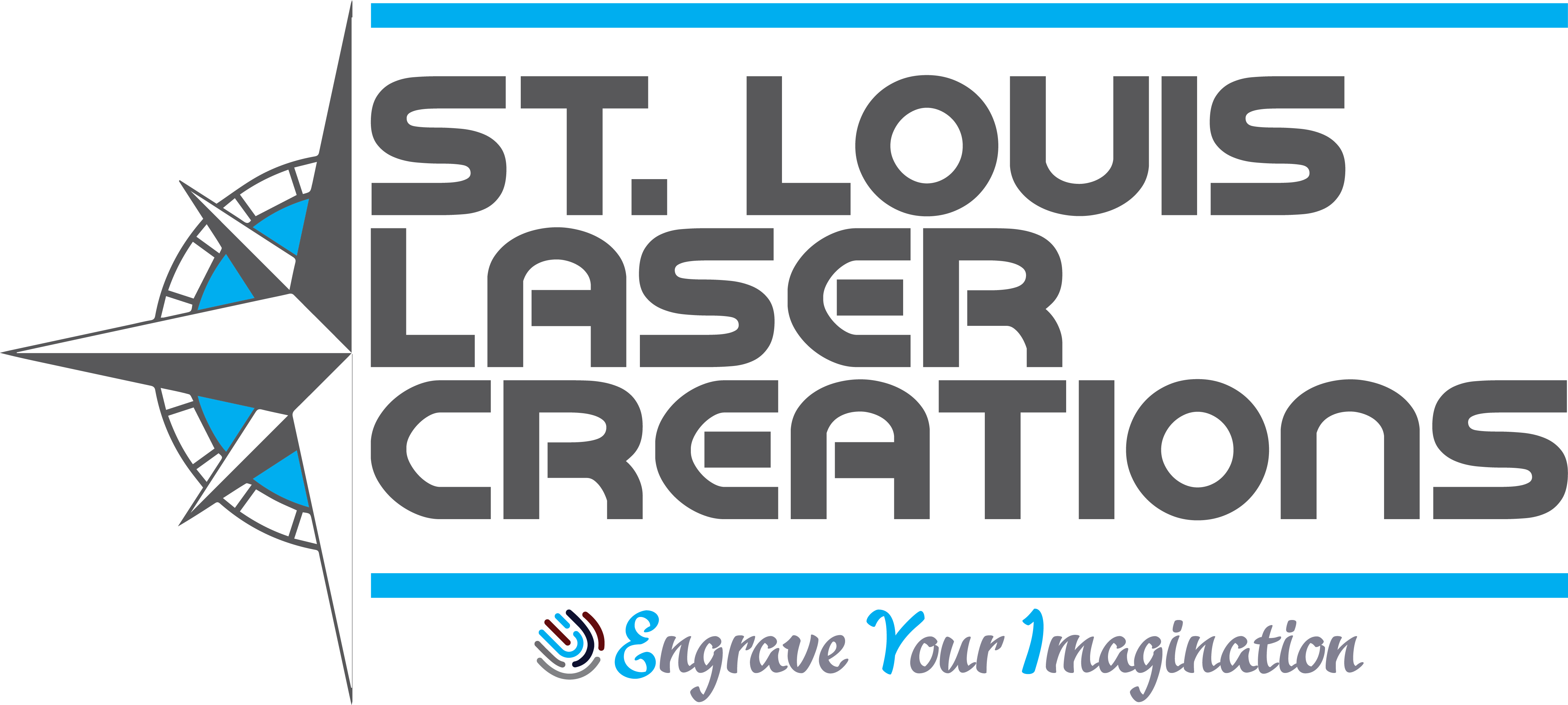Wood Material

Laser engraving wood can have many variables from piece to piece, even if from the same source. Knots, grain density and even glue can make cutting and engraving inconsistent, so choosing the right type and quality of wood is crucial for outcome.
When you use a CO2 laser to engrave wood, the laser beam vaporizes the material, removing a thin layer of wood from the surface. The depth and intensity of the engraving will depend on the specific settings and techniques used, as well as the properties of the wood itself.
CO2 lasers are well-suited to engraving wood, as they can produce high-quality results on a wide range of materials, including most types of wood. They can be adjusted to produce a range of effects, from shallow engraving to deep carving, and they are efficient and precise, allowing for detailed and intricate designs.
When using a CO2 laser to engrave wood, it's important to choose the appropriate settings and techniques to ensure a high-quality result. The laser power, speed, and focus can all be adjusted to achieve the desired depth and intensity of the engraving, and different types of wood may require different settings to achieve the best results.
Overall, using a CO2 laser to engrave wood is an efficient and precise method for adding custom designs or personalization to wood products. It can be used to create a wide range of effects, from shallow etching to deep carving, and it is a versatile and efficient method for adding custom designs or personalization to wood products.
